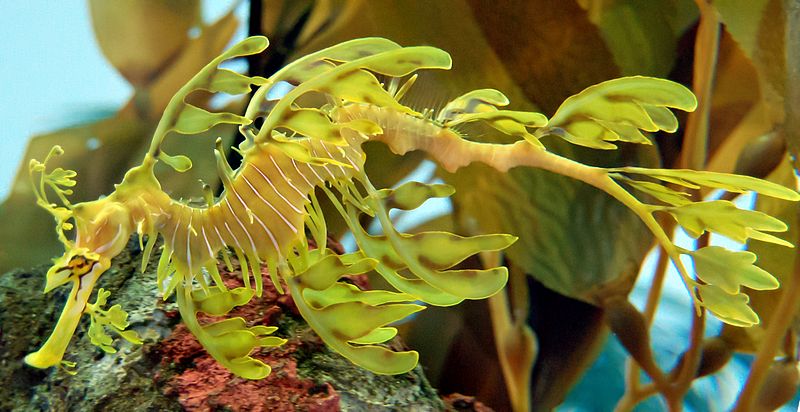
Recently on a blog post over at http://transformyourlife1.blogspot.com/ the author (known on Wild Facts as Agapelife) mentioned a Leafy Sea Dragon that she spotted while visiting San Diego last year. Then through her blog she sneakily requested a Wild Fact on this bizarre animal. So today, I am absolutely thrilled to present some interesting facts about the Leafy Sea Dragon. Although, they can be seen in San Diego and other aquariums/zoos around the world they are endemic to the waters off the south and east coasts of Australia.
Personally I think the Leafy Sea Dragon, also known as “Leafies”, are one of the coolest looking animals out there. Not only that but they are also perfectly adapted to their environment. Take one look at the animal and tell me what type of habitat they hang out in. If you guessed amongst the weeds and kelp then you are 100% correct. Let’s face it the Leafy Sea Dragon blends in perfectly with the aquatic vegetation.

In fact they are so well camouflaged that you may be having a tough time actually seeing the physical characteristics of this animal. So let’s try and paint the picture using words. First off they have long slender snouts, skinny trunks covered in bony rings and of course the long thin tail. Here is a little bit of family history for you. The Leafy Sea Dragon is closely related to the Seahorse and Pipefish. Do you see the resemblance?
So how does this piece of seaweed move around the water column? If you look close enough you may see some small, transparent dorsal and pectoral fins. These fins are responsible for propelling and of course steering them along the path they choose. Although, they have no issues with just letting the current push them around like a tumbleweed. Besides, if you look like a piece of seaweed and float like a piece of seaweed then predators are probably going to assume you are a piece of seaweed.
Leafy Sea Dragon Fast Fact – Similar to their Seahorse cousins the males of this species are responsible for taking care of the children. Unlike their cousin, male leafies don’t have a pouch for their babies. Although, they do have a brood patch on the underside of their tail which the female deposits the eggs in after mating. Not a bad deal for Miss Leafy Sea Dragon.
I hope you enjoyed leafing through our latest Wild Fact. I also hoped this satisfies the curiousity of Agapelife’s readers over at TransformYourLife. Enjoy the rest of your day and keep smiling, folks!

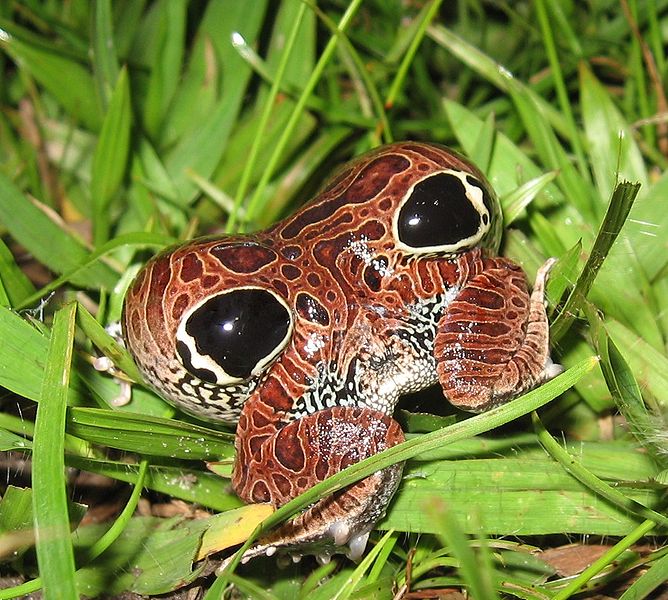
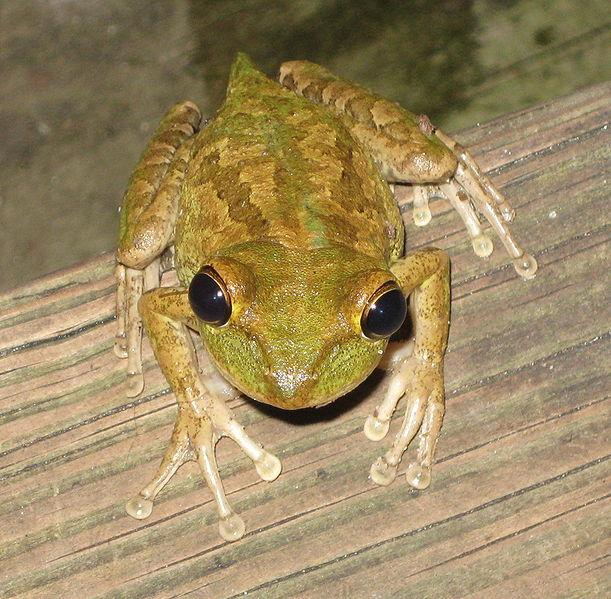
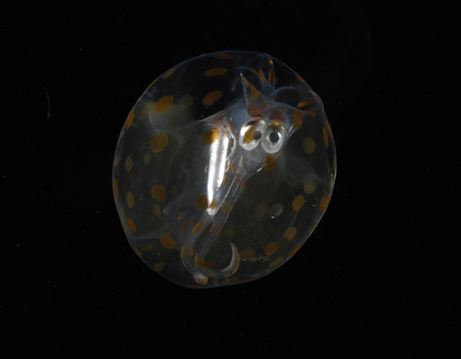
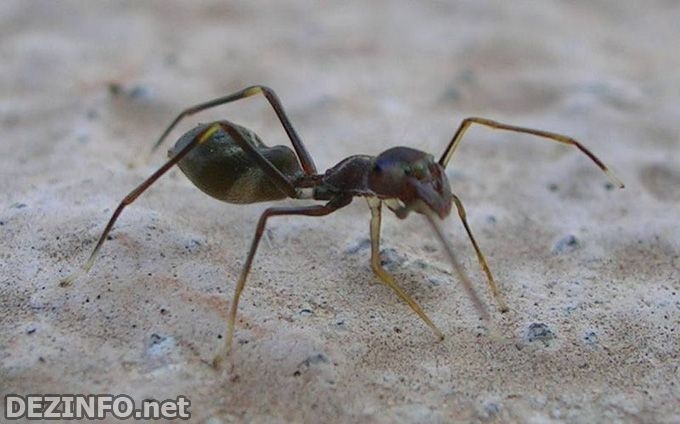
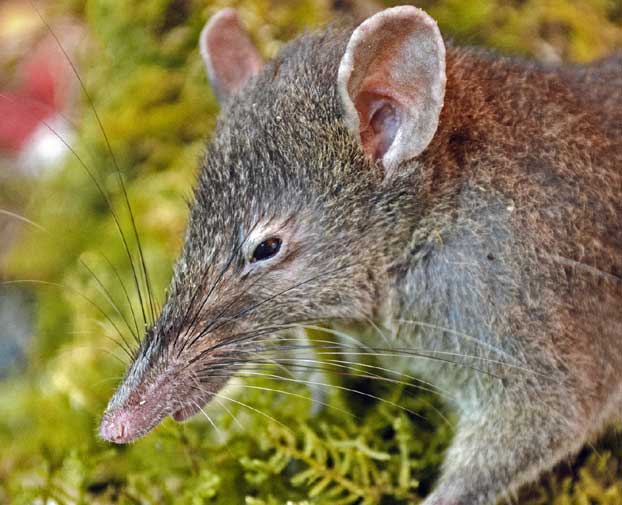
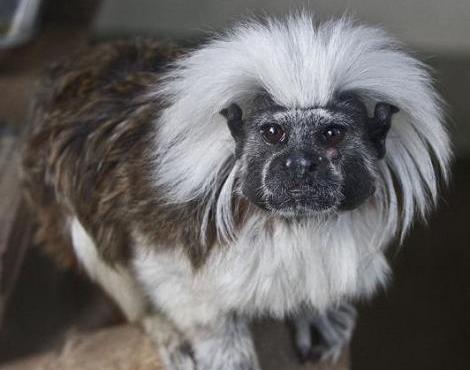
What an interesting creature this is! It definitely would be well disguised by seaweed or help so I don’think it has many predators!
How can my readers not be satisfied?? Your posts are so descriptive and the pictures are excellent. Wonder what the population of these leafies are? Thanks!
Agapelife
That is very cool!
AMAZINGGGGGGGG
Are you sure this lady saw one in Sandiago? Because I’m doing a project on this right now and I found ou that they could only be found in southern Austrailia. Maybe she saw a weedy sea dragon
Hi Raine,
You are absolutely correct… The Leafy Sea Dragon is found in Southern Australia, in the wild.
Agapelife (the lady who saw this amazing creature) was actually visiting an aquarium in San Diego and they had some on display.
I love that you caught the potential inaccuracy though. It shows you are doing your research. Keep it up!
Nathan
I live in South Australia and get to see these little beauties in captivity quite often. They are indeed beautiful to watch and I enjoyed your piece about them. They are a very special species and much loved. One day I hope to go diving and see them in nature.
I am envious Donna! What a great opportunity to be able to see these beautiful creatures on a regular basis.
I am sure you will have your chance to see them in the wild. You certainly live in the right place to do it.
Thanks for the compliments and for visiting Wild Facts!